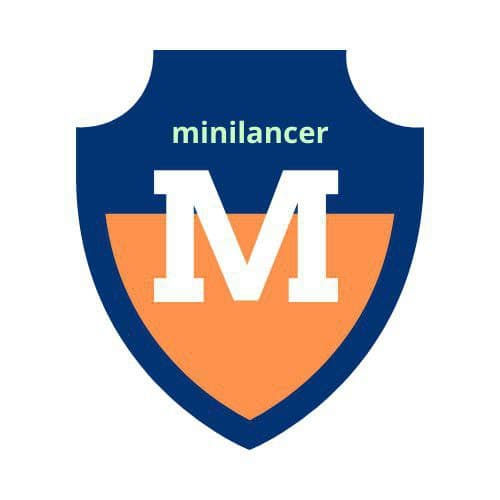Introduction
In today’s fast-paced digital landscape, businesses have an array of marketing strategies at their disposal. Two prominent contenders in this realm are content marketing and traditional advertising. Each approach comes with its own set of advantages and limitations, making the decision of which to choose crucial for business success. In this blog, we will explore the differences between Content Marketing vs Traditional Advertising, weigh their respective benefits, and help you determine which strategy aligns best with your business objectives.
Content Marketing: Building Relationships and Brand Authority
Content marketing revolves around the creation and distribution of valuable, relevant, and consistent content to attract and engage a target audience. The emphasis is on building long-term relationships and establishing brand authority, rather than directly promoting products or services. Content marketing takes various forms, such as blog posts, videos, infographics, e-books, and social media content.
- SEO Benefits: Content marketing significantly enhances your website’s search engine optimization (SEO) efforts. Valuable content, optimized with relevant keywords, attracts organic traffic and boosts your website’s ranking on search engine results pages (SERPs).
- Audience Engagement: By delivering valuable content, you can foster a loyal audience that trusts your expertise. Engaging content encourages users to interact, share, and participate in conversations, which amplifies your brand’s reach.
- Cost-Effectiveness: Compared to traditional advertising, content marketing can be more cost-effective in the long run. Once published, high-quality content continues to drive traffic and generate leads, without incurring additional costs.
- Credibility and Authority: Consistently producing valuable content establishes your business as an authority in your industry. Consumers are more likely to choose a brand they perceive as credible and knowledgeable.
Traditional Advertising: Immediate Reach and Visibility
Traditional advertising, on the other hand, involves paid promotional messages delivered through offline channels such as TV, radio, print media, billboards, and direct mail. It aims to create immediate brand visibility and drive sales by reaching a broad audience.
- Wide Reach: Traditional advertising has the potential to reach a large, diverse audience quickly. It allows you to tap into the mass market and build brand awareness on a broader scale.
- Tangible Presence: Print ads and billboards offer tangible visibility, allowing potential customers to interact physically with your brand messaging.
- Quick Results: Unlike content marketing, traditional advertising can deliver swift results. A well-placed advertisement can generate immediate interest and drive sales.
- Controlled Messaging: With traditional advertising, you have more control over your message, ensuring a consistent brand image across different platforms.
Choosing the Right Strategy for Your Business
Selecting the right marketing strategy depends on various factors, including your target audience, budget, business goals, and the nature of your products or services. Often, a balanced approach combining both content marketing and traditional advertising can yield optimal results.
- Content Marketing for Long-Term Growth: If you seek to build lasting relationships with your audience, establish brand authority, and improve organic visibility, content marketing is the way to go. It excels in industries where trust and expertise are paramount, such as professional services, technology, and education.
- Traditional Advertising for Immediate Impact: When time is of the essence and your aim is to create widespread brand awareness quickly, traditional advertising can be highly effective. It suits businesses with visually appealing products or a broad target audience, such as retail and consumer goods.
Conclusion
In the debate of content marketing vs. traditional advertising, there is no one-size-fits-all answer. Both strategies offer unique benefits, and the ideal approach varies depending on your business’s specific needs and objectives. For many modern businesses, a combination of content marketing and traditional advertising can yield a comprehensive and results-driven marketing strategy. Remember to continually analyze your marketing efforts, measure performance, and adapt your approach to stay ahead in the dynamic world of marketing.








